The Green Journey
Chiang Mai’s high mountains, northern Thailand. It wasn’t the best idea to work on this project during monsoon season. It rained all day, every day. The snaky dirt roads were damp the entire time. I even fell off my motorbike a few times. It was worth it, though. The scenery looked so much fresher in this weather. Aside from seeing how organic lifestyles come together, I learned how keeping promises is key to making this whole endeavour work.
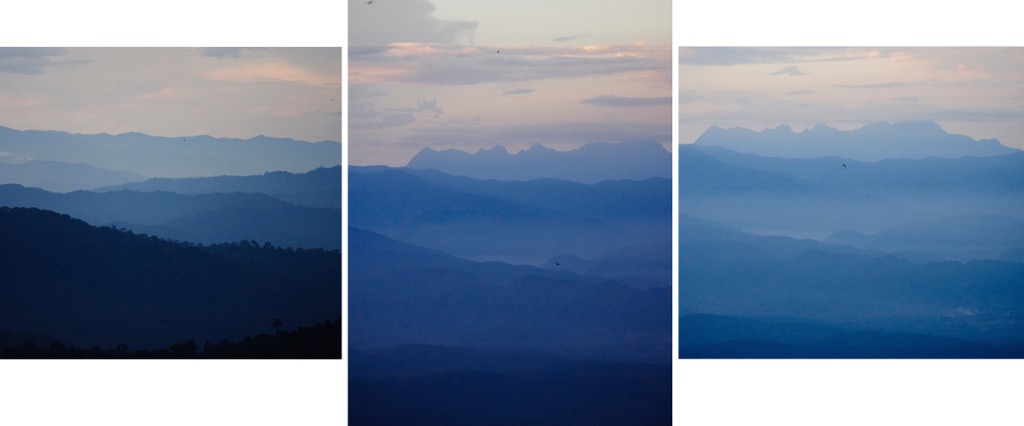

You can’t go organic on your own. It takes everyone’s cooperation. One farm’s use of chemical fertilizer would destroy the entire system.
A farmer left his green-bean plantation to rot only because he had to help his rice-farmer friend cultivate his field, as he had promised. “If one person doesn’t keep his word, the rest will do the same. It’s like dominos, and the system will collapse,” he insisted.
It’s rare these days to find a place without electricity or Wi-Fi. I guess that’s why the good old ways are still firmly practiced in these mountains.
Slow life has no meaning here. For a city boy on a dirt bike, the place seems frozen—nothing moves at all. Riding alone, I felt like the whole mountain was mine. No one passed me and no one came from the other way but once when a Royal Project truck was on its routine pick-up.
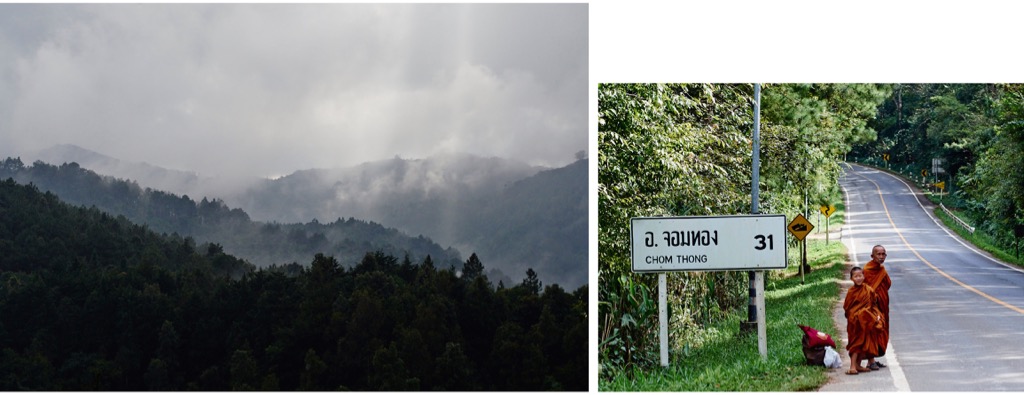

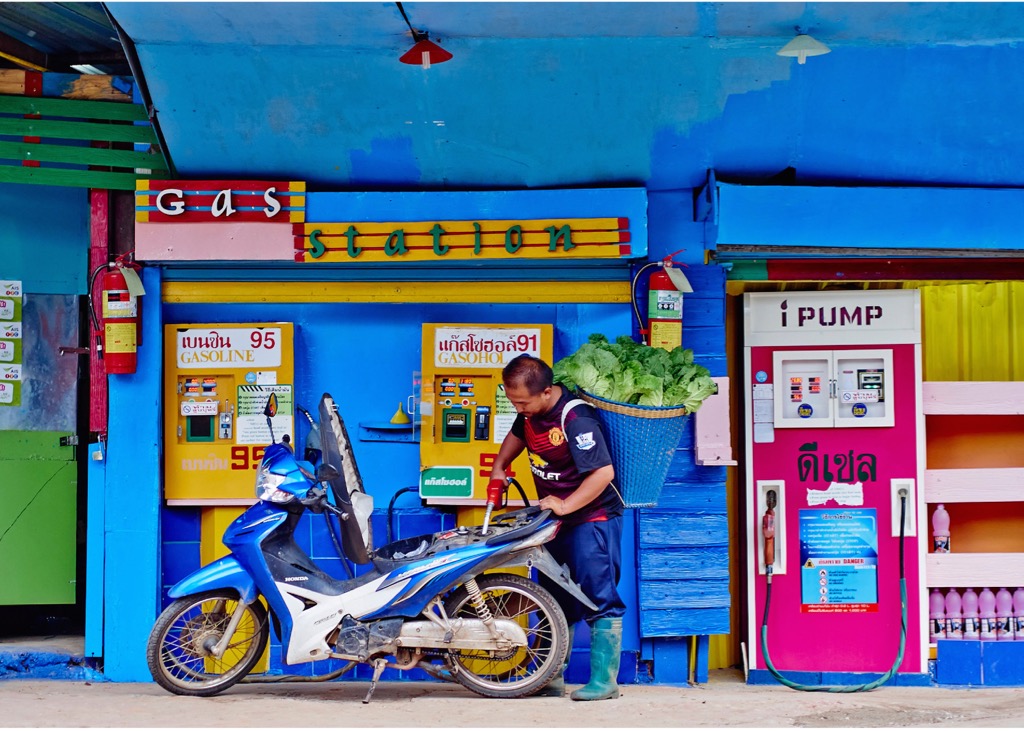

Once in a long, long while, I would see villagers on foot:
A shirtless man in rubber boots with a machete hanging from his waist, carrying an old boombox playing ethnic “Pakakayor” tunes.
An old gentleman with a whole banana trunk on his shoulder and a bouquet of wild flowers tucked in his traditional sling bag, probably for his lady back in the village.
I had a lunch to remember with a farmer couple in a shack by a rice field. We ate black chilli paste called “Nam Prik Nam Pu,” which looks like baked charcoal and tastes like heaven. The steamy sticky rice is heated on a firewood stove, and includes loads of fresh greens and natural water from the stream below.
Another villager kindly provided me with strong, home-brewed Pakakayor-style vodka, which made my afternoon even mellower.
If you have never seen the Thai version of “The Letter,” I encourage you to seek it out. It’s one of the most touching love stories Thai cinema has ever produced. The main male character is an agriculture researcher working in these mountains side-by-side with the villagers. The entire movie was filmed in this area.
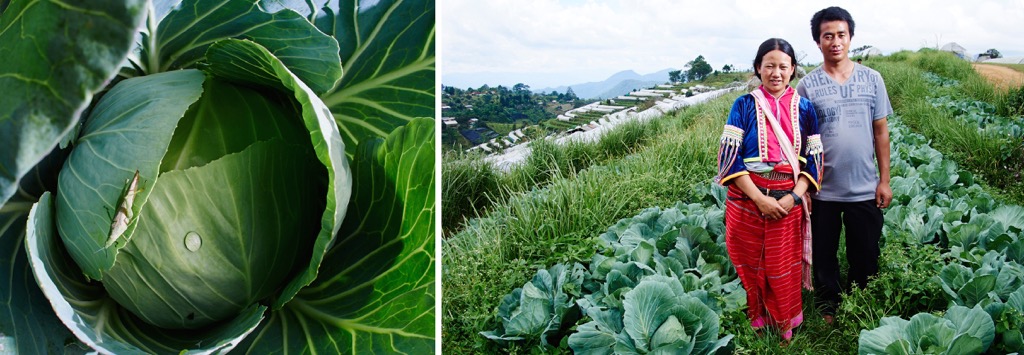

While undertaking this project, I encountered some of these characters in real life, both men and women. They gave me so many handy tips. They guided me to their most secret spots. They introduced me to villagers. We would hang out for a drink while waiting for the rain to stop. They shared with me their fascinating life stories.
Villagers treat them like sons and daughters, like brothers and sisters. They treat the villagers the same. These bonds have made the establishment strong for nearly half a century. They were always with the villagers, no matter how big or small their problems.
Without their support and warm welcome, these photographs never would have been possible.


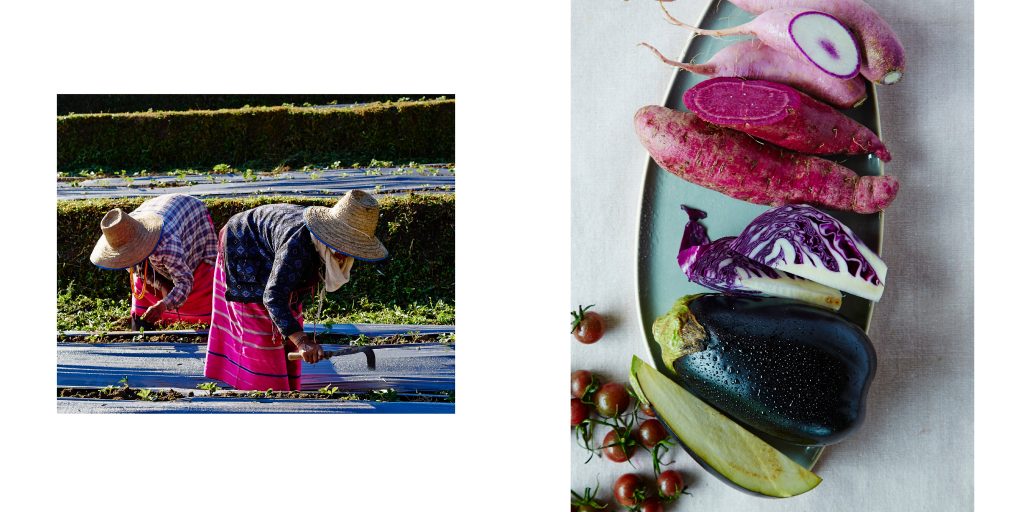



Back in Bangkok, I hopped between top-end kitchens, in five-star hotels by the river, and on the city’s trendiest avenues, shooting master chefs crafting raw materials into masterpieces.
After a long journey, the organic produce had finally made it all the way to the gold-trimmed plates on lace-clothed tables set with candlelight and Champagne.
From dirt to dishes, the cycle was complete.
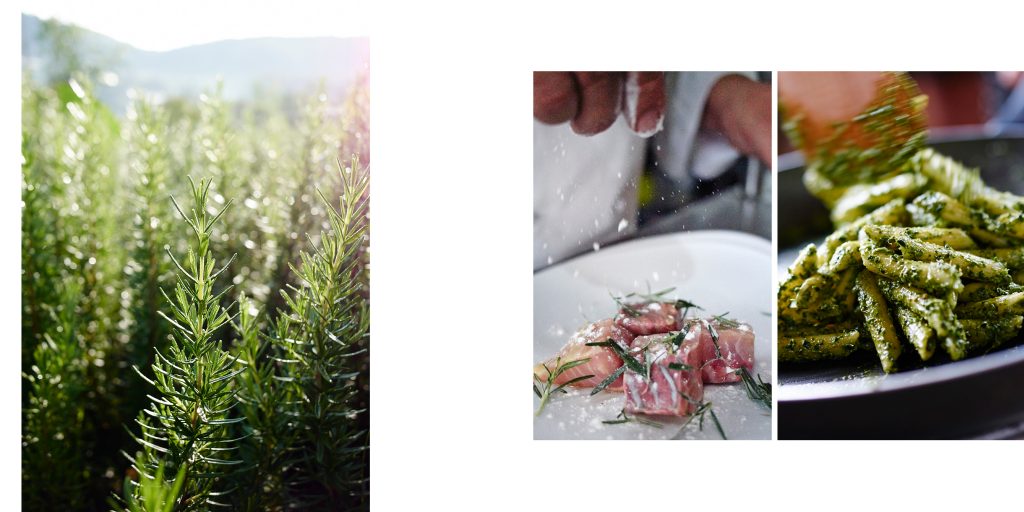



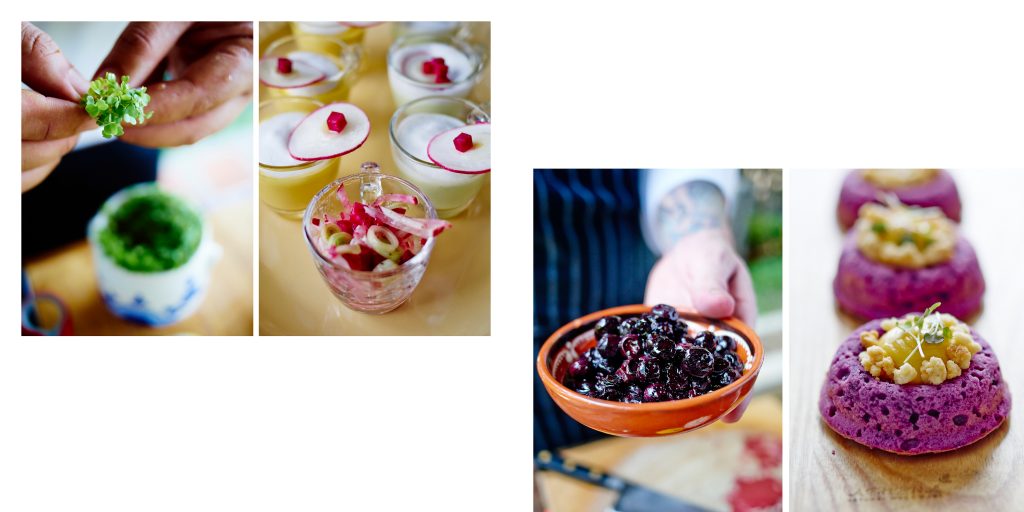

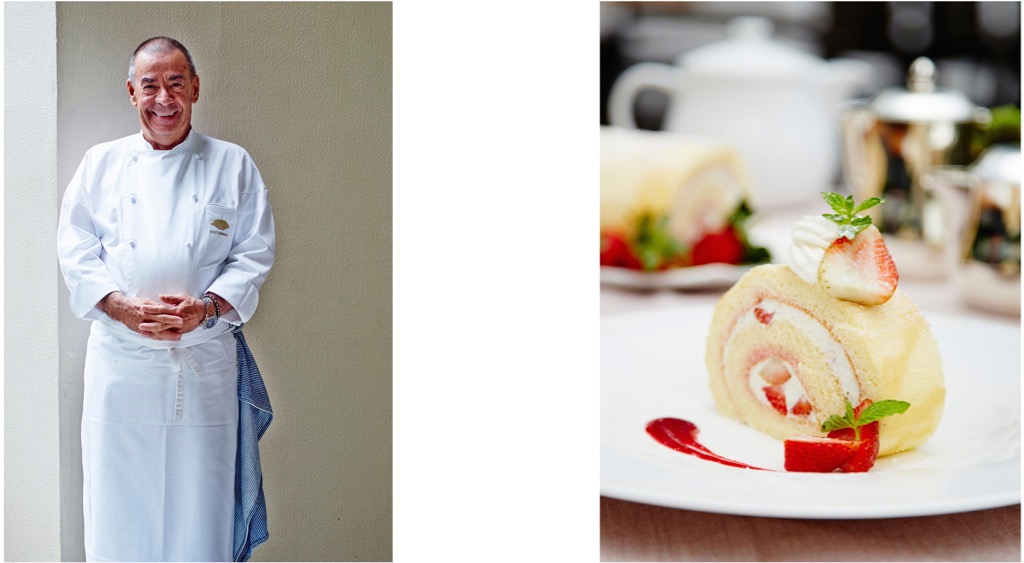

Fast Facts:
The Royal Project was initiated by Thailand’s King Rama IX to support local farmers, mostly Pakakayor and Mong hill tribes, on their agricultural production and distribution.
The station on Doi Inthanon was established in 1979 in an attempt to replace the opium production that was then all over the place with the cold-weather vegetables and fruits planted there today. The project has also sought to preserve the surrounding forest as well as to develop local infrastructure and society.
The area is 600-1,400 meters above sea level. The average temperature is 22 degree Celsius. The local population is 7,640.
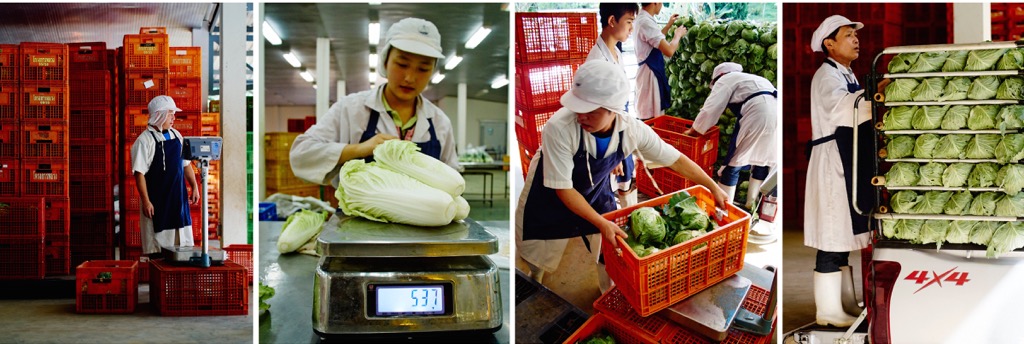

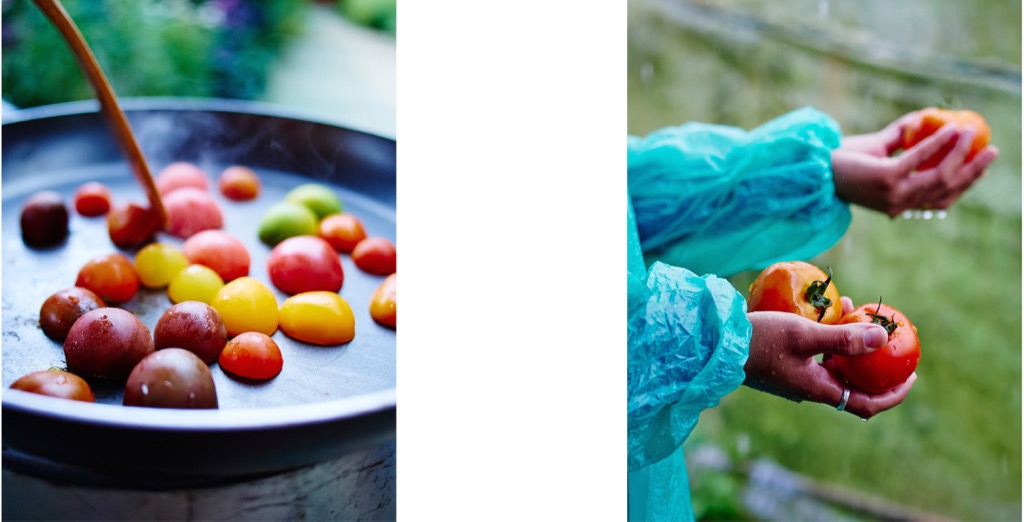

Acknowledgements:
Royal Projects: Khun Nawin Suklerd, Professor Boy, Khun Koong, Khun Knot
Chefs: Ploy @Simple, Pat @Ang Khang Club, Da @Kulpapruek, Ae @Le Meridien Suwanabhumi, Nok @Mon Cham Club, Cameron @Quince – Eatery and Bar, Norbert @Mandarin Oriental, Randy @Fillets, Kong @Daradhewi, Jo @Inthanon Club, Netre @Triplets Brasserie
Crew: Patt Thanyarat – Super Stylist and Project manager, Tuek S. Chantara – Super lighting photo assistant







Leave a Reply